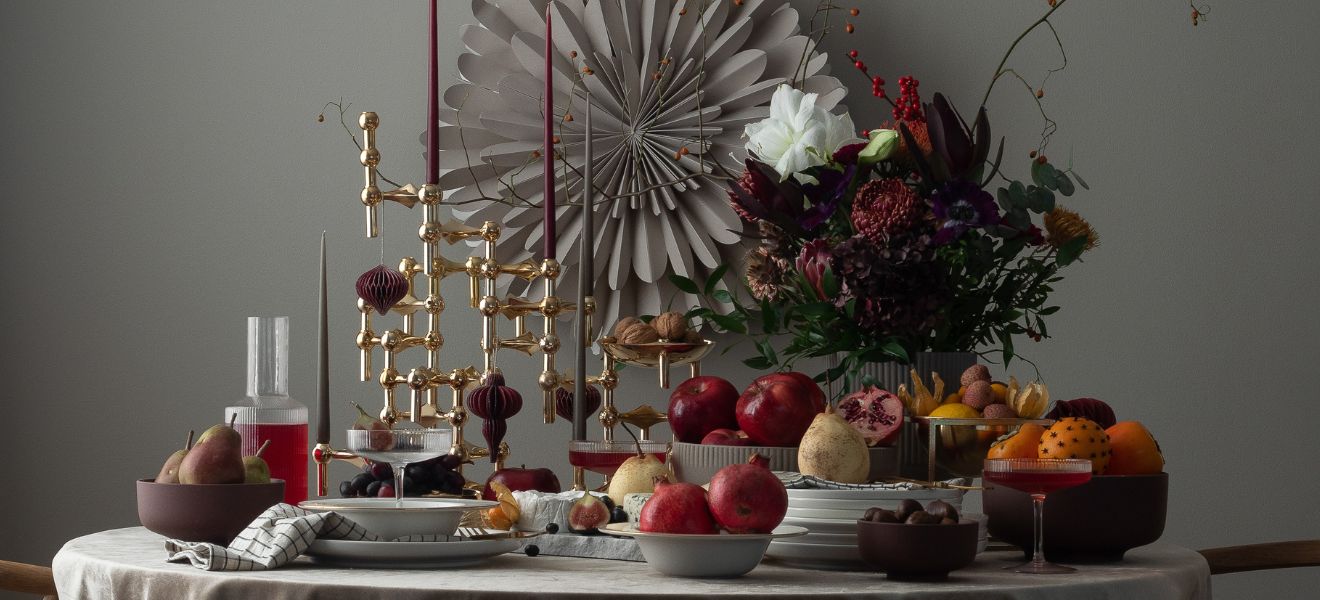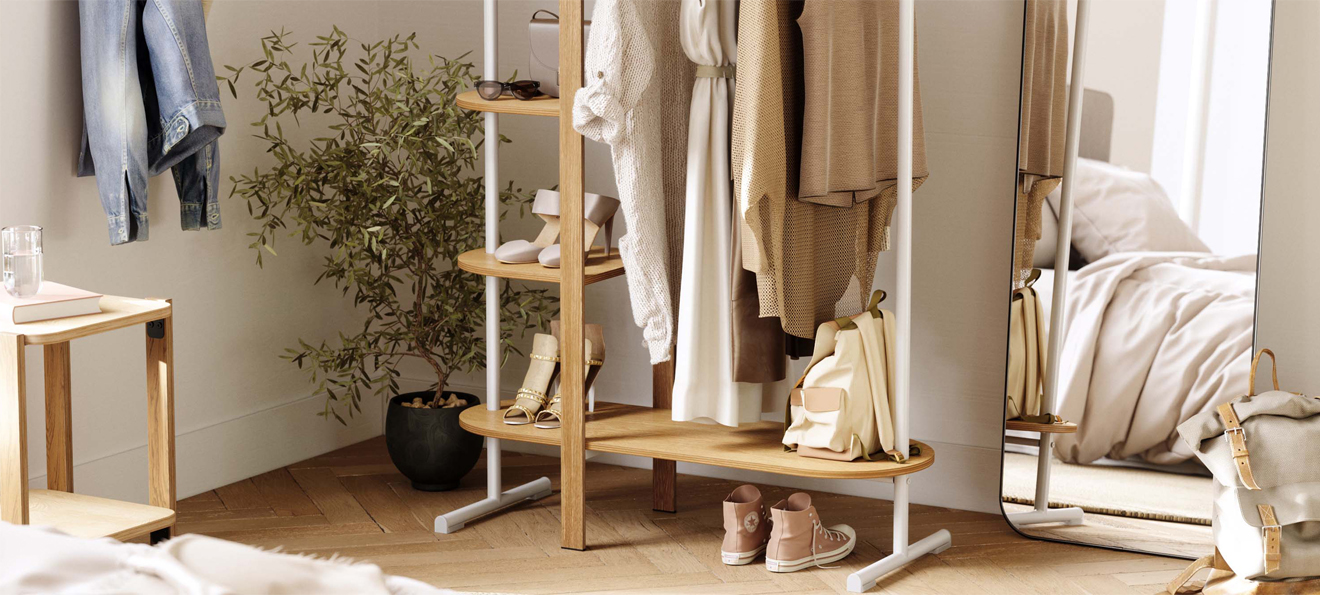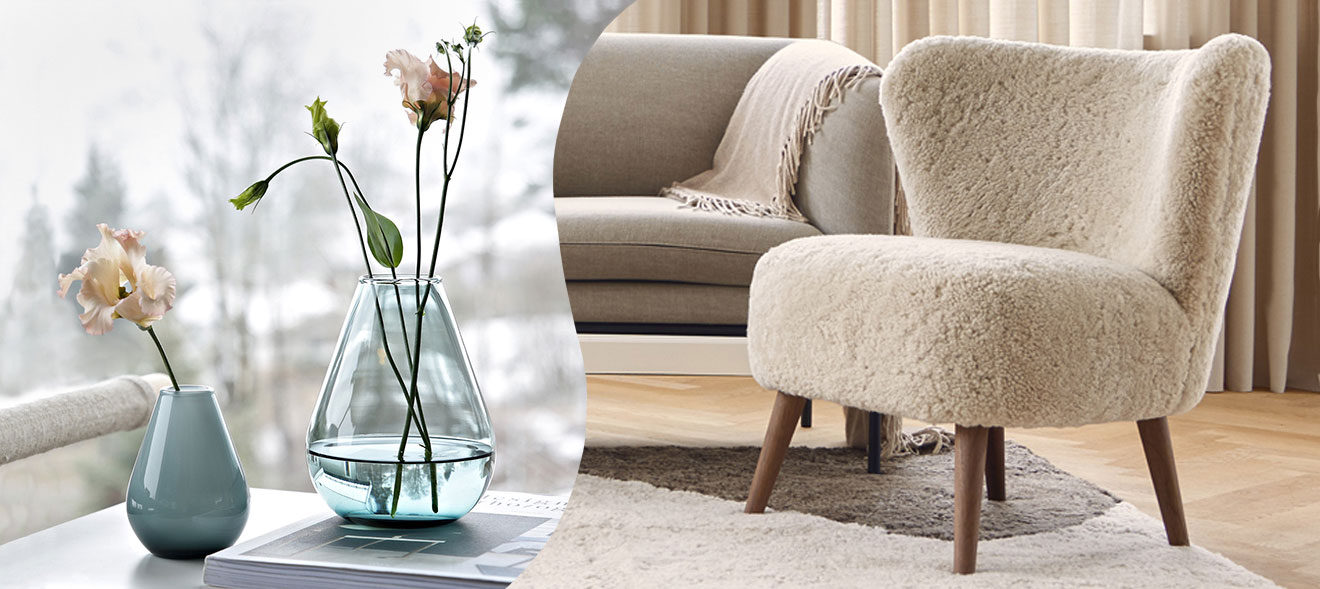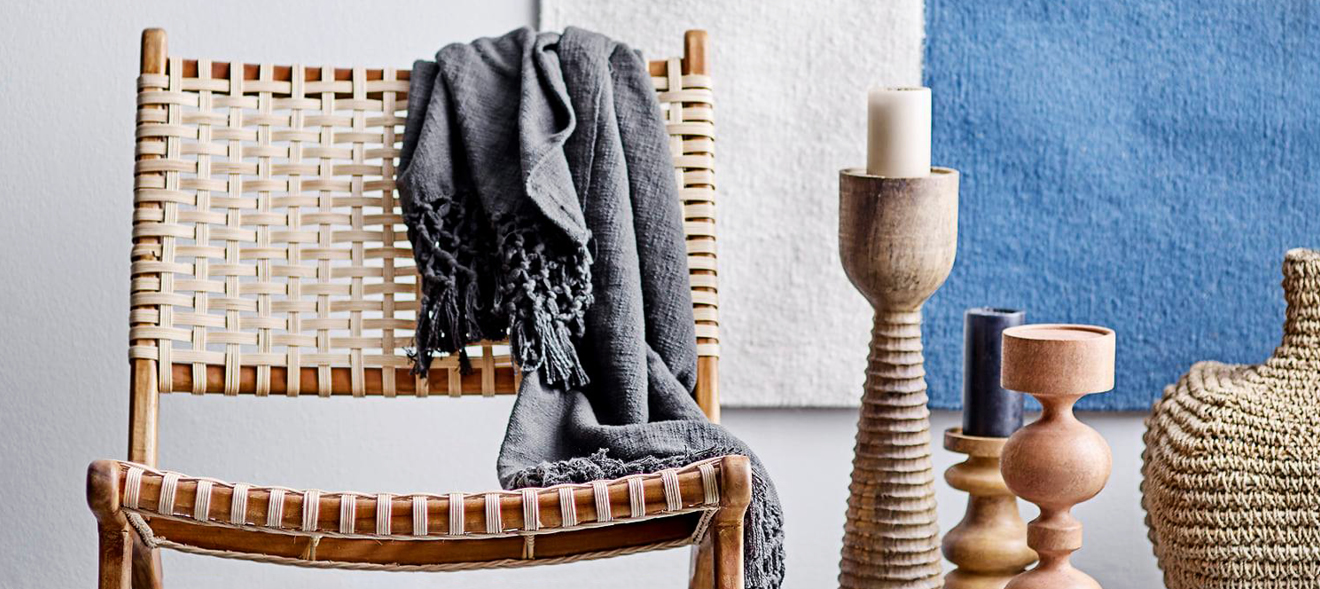Unpretentious, timeless, practical, adaptable – there are many attributes that apply to Scandinavian design and lifestyle. With no-frills simplicity and natural materials, the minimalist, homey style from Northern Europe fascinates. Lots of light, friendly colours and cosy accessories such as cushions or blankets ensure comfort and make the feel-good ambience perfect.
It is a long-term favourite in the interior sector: Scandinavian design and lifestyle have been at the top of the trend for years. But why is it that furniture and accessories designed in Scandinavia are so popular? Why are there so many successful design labels in Northern Europe? And why do Scandinavians themselves attach so much importance to good design? Answers can be found in the traditional way of everyday Nordic life as well as in the geography and the harsh climate of those countries.

Cultural heritage
The high value of design is reflected, among other things, in the fact that it occupies a lot of space in many Scandinavian museums. Copenhagen even has its own design museum, which was founded in 1890 and reopened in June 2022 after two years of renovation. The building is home to the entire spectrum of design, from the past to the great icons of modernism to the significant themes of the present. For example, the area “The Magic of Form” shows the legendary chairs by Verner Panton from the 1950s as well as lamps by Poul Henningsen. In the exhibition “The table is set!” visitors encounter a 13-metre-long illuminated glass tabletop designed by the renowned designer Boris Berlin.
No closing times, no queues, no admission: In summer 2022, a virtual design exhibition also celebrated its premiere. Under the title “Swedish Design Movement – Leading the way”, you can experience design from a completely new perspective. At the click of a mouse, you navigate through a hyper-realistic digital version of the Sara Kulturhus, the original of which is located in Skellefteå in northern Sweden.


Modern classics
Scandinavian design as we define it today has its origins in the 1930s to 1960s, when great architects and designers such as the Finnish couple Alvar and Aino Aalto or the internationally celebrated Danish designers Hans J. Wegner and Arne Jacobsen shaped the interior design taste of an entire generation. They founded the modern Nordic living culture. “Scandinavian Design” first appeared as a term in 1951 on the occasion of the London exhibition “Scandinavian Design for Living”. This joint presentation proved to be a clever move on the part of the Nordic countries, because soon Scandinavian design was known and successful worldwide.


Like the German Bauhaus, Scandinavian modernism is based on the “form follows function” principle. Clear, functional and timeless, the forms are oriented towards people’s needs. The combination of craftsmanship and industrial production ensures that design and quality are affordable for everyone. This is referred to as “democratic design”, as it is not only aimed at rich elites, but at the common public.
Meanwhile, many drafts of that time have become real design classics. This year, for example, Georg Jensen is giving the legendary jug by Henning Koppel a whole new expression with four new colours inspired by drawings from the 1950s. The ultimate classic in the Stelton range is the EM77 vacuum jug with its signature design language, which celebrates its 45th birthday this year. Incidentally, the name EM77 is composed of the initials of the designer Erik Magnussen and the year of design 1977. One of the longtime favourites by Broste Copenhagen is the Wind cushion collection, which combines sleek lines and rounded shapes.

Hygge, Lagom, Kos and Sisu
To understand Scandi style truly, you have to immerse yourself in the way of life of the Northern Europeans. Hygge, Lagom, Kos and Sisu are the buzzwords for the special Scandinavian way of life. “Hygge” means something like “creating well-being” and is a core component of the Danish tradition and way of life. The term describes a cosy, warm atmosphere in which one enjoys the good things in life together with dear friends. The Swedish equivalent is called “Lagom”, which means “neither too much nor too little” or “just right”. In Norwegian, one of the most important words is “Kos”. It stands for warmth, friendliness and togetherness, in short for “having a good time”. You can find this everywhere: in the wild nature as well as over a cup of coffee with a freshly baked cinnamon bun. Speaking of coffee: in Sweden, the fika, or coffee break, is an institution. Fika means taking a break from work to have coffee with friends and family. There is still the Finnish “Sisu”, which expresses qualities such as stamina, willpower and determination. Like an example? You have “Sisu” in Finland when you go skiing for kilometres or bathe in icy water and then relax in the sauna.


In harmony with nature
The rough climate, harsh living conditions and limited resources have a decisive influence on Scandinavian design. The summer months are traditionally spent outdoors in nature, while in the long winter it is essential to create an ambience at home that is as bright and cosy as possible. That is why the furnishings have always been characterised by natural materials, soft colours and simplicity. Light woods such as birch, ash or pine harmonise with white in all shades, grey, black and beige. Colour accents are set by delicate light blue or lime green. Gently curved shapes, such as the side table by Lind DNA, provide balance and tranquillity. This is matched by discreet patterns in natural tones, as in the carpets by Pappelina.



Rugs with structure and soft patterns, cushions, blankets and also furs, as with Bloomingville, are responsible for the feel-good factor. After all, Scandinavian design should not only look good, but also feel good. Handmade decorative pieces or functional objects such as jugs, which can also be used as vases, often act as eye-catchers. Fabrics with playful and nature-inspired (floral) patterns add a personal touch to the otherwise rather practical and plainly furnished homes of the Nordics. The love of nature and traditions is also reflected in the use of sustainable, local materials. That is why the company Roros Tweed, based in the mountain town with the same name, uses only wool from Norwegian mountain sheep for its blankets and cushions.
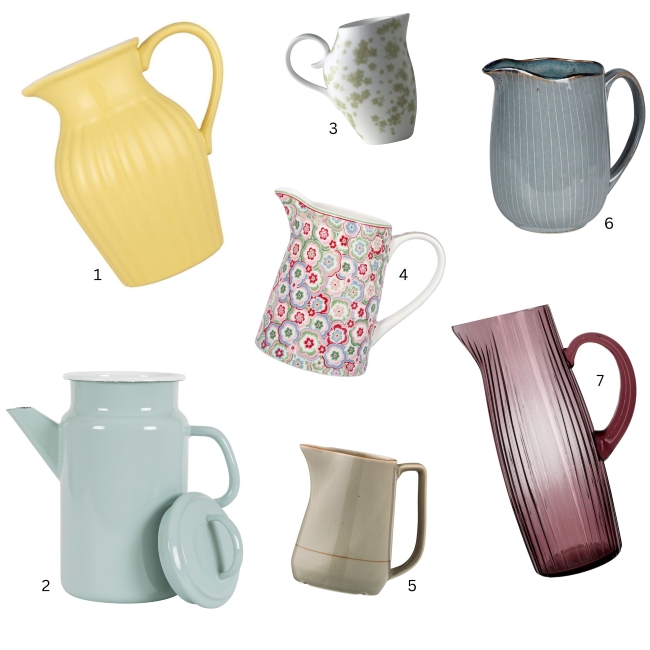
Key factor lighting
During the winter months in Scandinavia it can be dark for up to 17 hours, so light plays a very important role in the ambience of the home. It is not unusual to have up to five light sources in a room. Regardless of whether a sober, clear mood or a cosy, playful atmosphere is required, ceiling or floor lamps are also essential elements when switched off. In the same way, candleholders in all their diversity become decorative eye-catchers. The Finnish company Mifuko combines Nordic design and African craftsmanship with its lampshades, which are handmade from milulu grass. Parisian bistros, on the other hand, are evoked by the pendant lamp from the Danish label Design by Us, which is known for imaginative and unconventional approaches to lighting.



Design with a smile
The happiest people live in Scandinavia – this is the conclusion of the United Nations World Happiness Report. From 2013 up to today, Finland, Denmark, Norway, Sweden and Iceland have always been among the top ten happiest nations in the world. The makers of the happiness report see the reason primarily in reliable state institutions. In addition, Nordic citizens experience a high degree of autonomy and freedom and have great social trust in each other. But perhaps Scandinavian design also contributes to a happy and balanced life? In any case, the creatives show plenty of humour with their designs.
An extremely likeable fellow is the lamp Mr. Wattson® by Piffany Copenhagen. For him, it is a profession to create an atmosphere that makes people want to be close to him. Best friends for all circumstances can be found among the lovingly designed wooden figures by Spring Copenhagen. And the archetype of smiles, optimism and good humour have been the Hoptimists since the 1960s. Gustav Ehrenreich created the little figures with the intention of spreading joy and they still fulfil this mission perfectly until today. You can even meet the Hoptimists in the Happiness Museum in Copenhagen, where they welcome visitors with a big smile.



Header image: Villa Collection

